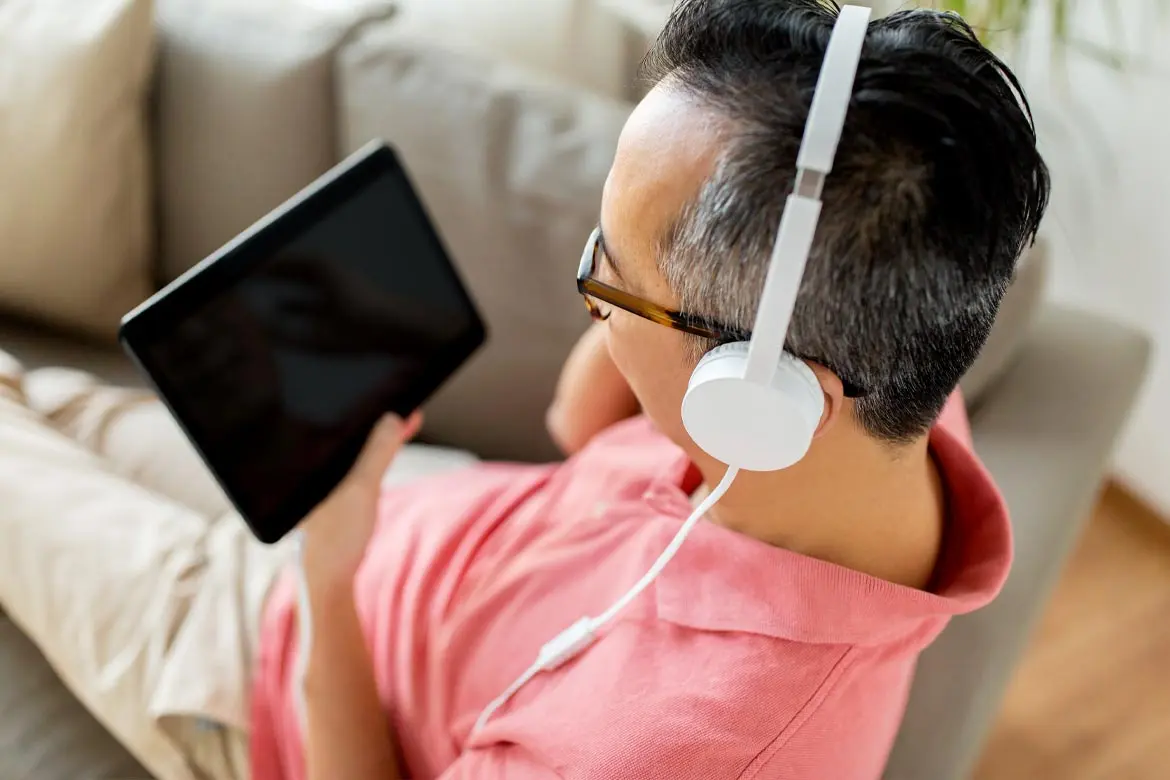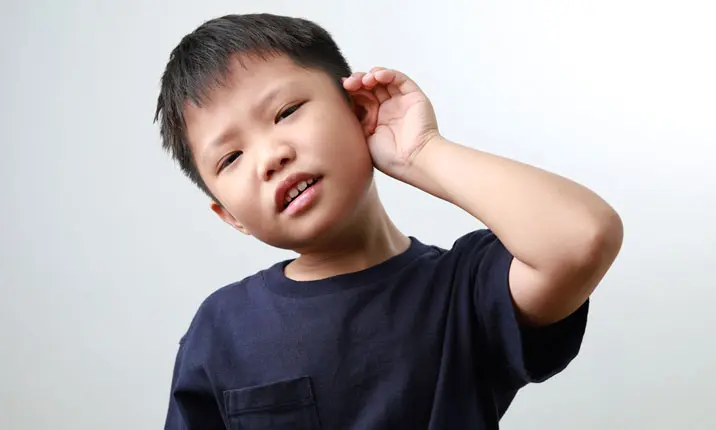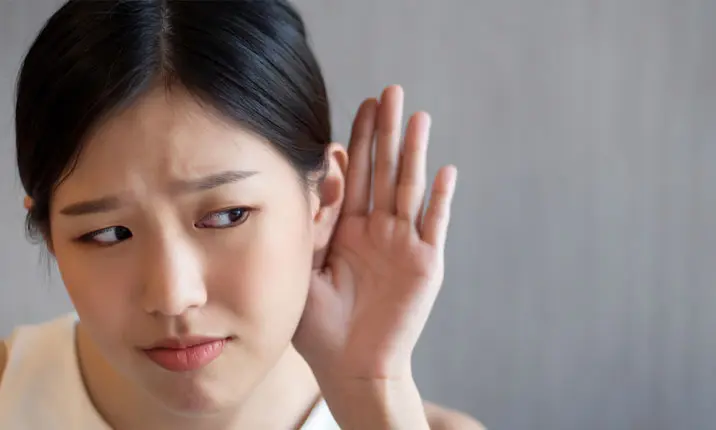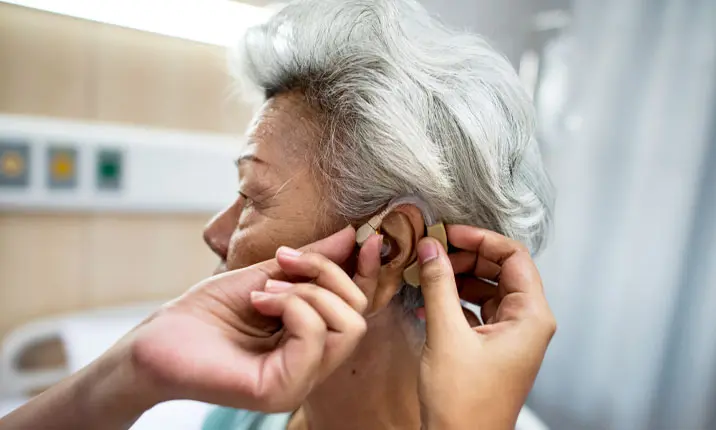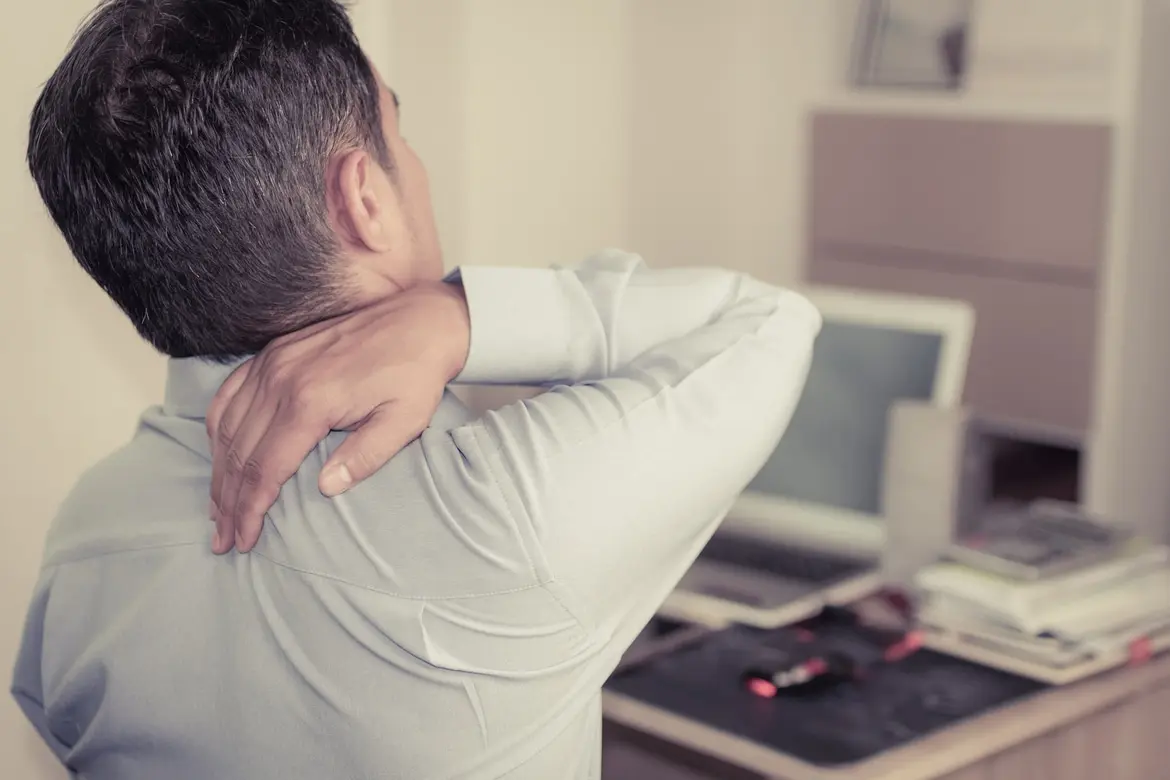Hearing loss is broadly defined as any deficiency in hearing. This may be mild, moderate, severe, or profound, and may affect one or both ears. It can also affect anyone of any age.
The condition may be brushed off as part and parcel of ageing, but hearing loss is not as uncommon as we think. The World Health Organization (WHO) estimates that approximately 466 million people worldwide suffer from hearing loss that is severe enough to be disabling. Closer to home, it is estimated that 360,000, or 1 in 11 Singaporeans have hearing loss.
Among the various causes of hearing loss, the most worrying is noise-induced hearing loss (NHL). This may be caused by constant exposure to loud noises, with machinery in the workplace and loud music from your earphones among the chief culprits. The WHO estimates that globally, 1.1 billion young adults (between 12 – 35 years old) are at risk of developing NHL from the exposure to loud recreational noises such as rock concerts and music festivals, as well as long periods of listening to music played loudly through earphones.
How does hearing loss affect an individual?
Obviously, hearing loss will negatively impact a person's quality of life, especially when you can't hear your loved ones speak.
In children, the main concern is in their speech and language development and ability to communicate. There are also emotional and psychological implications such as, feelings of social isolation, frustration, shame and low self-esteem. It also has a significant economic impact due to loss of work productivity that stem from problems concentrating and communicating in the workplace.
Common causes of hearing loss
There are numerous causes of hearing loss and these are broadly categorised as hearing loss that happens from birth (congenital) or as a result of external causes (acquired).
Congenital causes
These occur at birth or acquired soon after birth due to factors affecting the baby during pregnancy or delivery. Examples include:
- Maternal infections during pregnancy, such as rubella or syphilis
- Birth asphyxia – when complications during pregnancy or birth causes lack of oxygen to the baby
- Medicines taken during pregnancy which may affect the foetus
Acquired causes
These refer to hearing loss that may occur at any age. Examples include:
- Infections such as measles, mumps, and meningitis
- Frequent or chronic ear infections
- Use of certain medicines
- Head or ear injury
- Exposure to loud noise(s)
- Ageing
- Cancers (eg. nasopharyngeal cancer)
- Radiation therapy for cancer, targeting the head and ear
Noise-induced hearing loss (NHL): How loud is too loud?
The volume of noise is measured by the unit, decibels (dB). Humans are able to hear (hearing threshold) sounds at 0dB. Anything louder than 110dB causes discomfort (threshold of discomfort) and volumes at, or above, 130dB can cause acute hearing loss (threshold of pain).
To put things into perspective, a normal conversation takes place at about 60dB whilst traffic is approximately 80dB. Loud sounds, such as the music in a nightclub, may reach an excruciating 120dB. Sounds at, or below, 70dB are considered safe whilst sounds above 85dB may cause hearing loss over time and should lead to the introduction of a workplace hearing protection scheme to prevent occupation-related hearing loss.
There is rising concern for NHL with the increasing use of headphones or earphones. This includes children and young adults who are increasingly dependent on these gadgets for entertainment, study, and work purposes. Both sound intensity (music volume) and duration of exposure are Important factors contributing to NHL. Music heard through a headphone can go up to 94 – 100dB at its highest volume, while time-based exposure to loud noises increases one's risk of hearing loss.
Long-term damage to your ears can occur if exposed to 85dB over a few hours, 100dB over 14 minutes and 110dB over 2 minutes.
Recognising hearing loss
The key to addressing hearing loss, is catching it early and taking the necessary steps to manage the condition. Should any of these signs and symptoms be experienced, consider seeking a professional opinion from your doctor and having a hearing test done.
These are some signs to note:
- When someone is talking to you, it sounds like mumbling and you are unable to hear each word clearly
- You frequently ask people to repeat themselves
- You need to concentrate to catch speech
- You have difficulty hearing someone in noisy environments, such as at a restaurant or party
- Having to turn up the volume for the television or radio
- Being told that you speak loudly
- A constant ringing or buzzing sound in your ears
- Having to lean in to hear someone talking
- Having to rely on reading people's lips to catch what they are saying
Additionally, in young children, they may exhibit slower speech development or do poorly in school. Young children with undetected hearing loss may also go on to develop behavioural problems such as becoming more withdrawn. Conversely, they may 'act up' more often to seek attention. They may also stick their fingers into their ears or tug at them repeatedly.
How can hearing loss be prevented?
Most hearing loss can be prevented by eliminating its cause, such as reducing exposure to loud noises, or proper management of chronic ear infections by an ENT (otorhinolaryngology) specialist, or avoiding certain types of medicines. The same applies to NHL.
Tips to prevent NHL
- Lower the volume, especially when using headphones
- Wear ear protectors, such as ear plugs, in the presence of very loud noises
- Limit exposure to loud sounds
- Be aware of any changes in your hearing
Managing hearing loss
There are many ways to diagnose and subsequently manage hearing loss. This Is where an ENT specialist will play an important role in managing the condition by first making an accurate diagnosis and prescribing a suitable treatment plan. These are some ways the specialist will approach the matter.
Hearing tests
These determine what type and how much hearing loss is being experienced and are conducted by an audiologist or an ENT specialist. Examples of hearing tests include:
- Acoustic reflex measures which test the ears’ response to loud noises
- Audiometry tests which determine the quietest sounds heard and at what pitch
- Tuning fork tests which determine if hearing loss is experienced In one or both ears and what type it is
- Speech and word recognition tests will determine how well speech is recognised in quiet and noisy environments
- Tympanometry tests check the health of the eardrums by evaluating their movement and help to screen for problems such as trapped fluid behind the eardrums.
Treatment
Depending on the cause, type and severity of hearing loss, there are different treatment options available. These include:
- Medication for blocked ear and hearing loss due to ear infections.
- Surgical treatment:
- Ruptured eardrum (tympanoplasty)
- Hearing loss due to ear bone (ossicle) fixation or deformity (ossiculoplasty or stapedotomy)
- Ear canal narrowing related to infection or bony growths
- Mastoid (the skull bone behind the ear) surgery to remove destructive skin cysts and infection
- Cochlear implants which are surgically implanted into the ear to stimulate hearing.
- Hearing aids: Newer hearing aids that are implanted into the ear or anchored to the mastoid bone are now available.
New technology, such as cochlear and hearing aid implants, as well as digital hearing aids with many functions such as Bluetooth capability, have all helped to improve the quality and range of sound heard and hence the overall quality of life of individuals with hearing loss.
What should you do?
If you suffer from any of the signs or are exposed to any of the causes of hearing loss, make an appointment with an ENT specialist so that it can be diagnosed and managed effectively.
